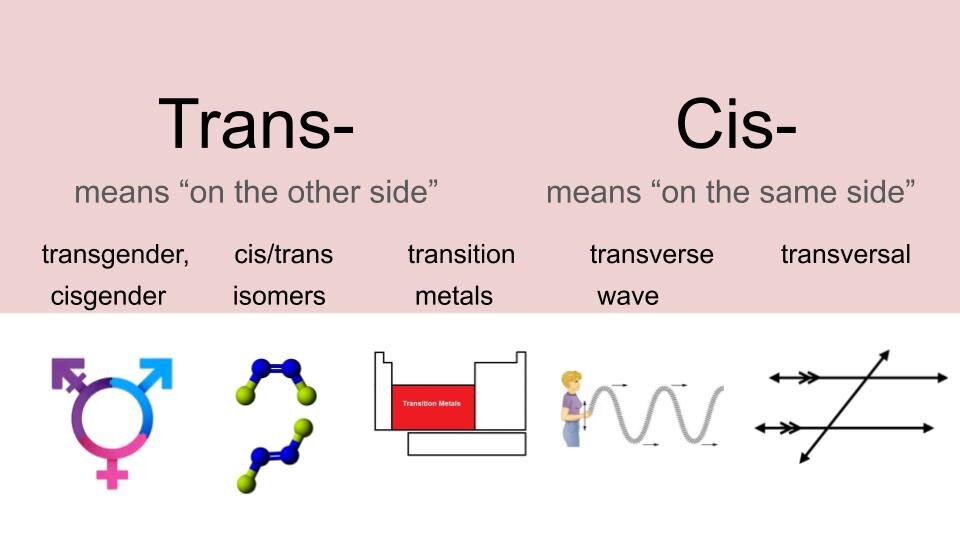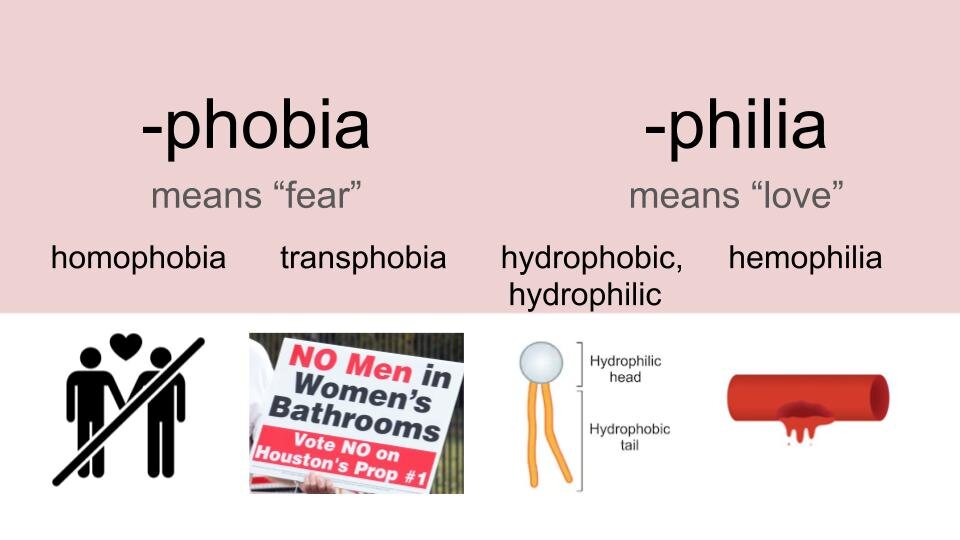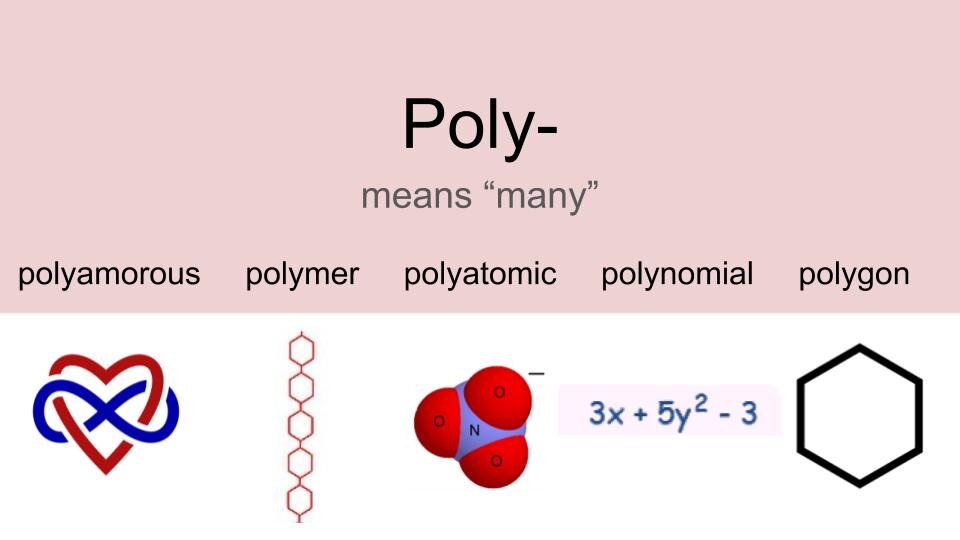Lesson Plan: Animal Patterns of Reproduction
Image shows nine animals species that exhibit sexual dimorphism or unique reproductive strategies: elephant seals, seahorses, mallad ducks, Indian peafowl, Mormon cricket, honey bee, magnificent riflebird, clownfish, and slipper limpet.
In this lesson, students learn briefly about the reproductive strategies nine different animal species. Student use a tally to track what strategies are most common - for example, male competition, female mate choice. More unique patterns like sex-changing clownfish and touch-mediated sex development are included within the nine species.
When I taught this lesson, students learned about each species through short video recordings of teachers in our school describing the species. For more general use, I changed the lesson as posted on this website to have students do online research instead of watching the videos.
Lesson Plan — Chimera Butterflies: Non-Binary Animals (K-2)
Source: Welcoming Schools (HRC)
Chimera Butterflies: Non-Binary Animals
OBJECTIVES
• Students will learn about Chimera butterflies that are both female and male.
• Students will engage in a discussion and art activity that will help them understand
what the concept non-binary means.
• Students will create a colorful butterfly that is unique to them.
Resource: WHO Gender and Genetics
The World Health Organization website has a concise but comprehensive overview of the relationship between genetics, sex, and gender. This website presents an overview of the major ethical, legal, and social implications associated with gender and genetics. This website is a useful resource for students researching sex and gender in the context of genetics or health.
Activity: Testosterone Levels in Elite Athletes
Image shows two graphs displaying information about testosterone levels of men and women in different sports.
In this activity by HHMI BioInteractive, students analyze data on testosterone levels in elite athletes to assess the appropriateness of official athletic policy. First, students learn about the current IAAF and IOC policies for using testosterone levels to determine eligibility for women's sports events. Students interpret the graph and engage in discussion. Statistical concepts include range, sample size, average, threshold, and using a graph to make predictions.
Activity: Sex Verification of Athletes
Drawing of Indian professional sprinter Dutee Chand running a race.
In this web activity by HHMI BioInteractive, students integrate knowledge from several areas of genetics to understand the history and the science behind sex verification of athletes.
The key concepts covered in the activity are:
Information stored in DNA is expressed as RNA and proteins, which impact anatomical structures and physiology.
Many gene products determine the development of biological sex characteristics in humans.
Like many traits, biological sex consists of a spectrum of phenotypes.
Scientific knowledge (e.g., knowledge about which genes and other factors contribute to a person's traits) can inform societal practices (e.g., what types of tests can be used to define an individual's biological sex), although ultimately implementing those practices reflects our values as a society.
The lab techniques covered in the activity are:
Physical examination
Barr body staining
PCR and gel electrophoresis of SRY gene
Serum testosterone measurement
LGBTQIA Science/STEM Etymology
This is a partial list of root words that occur in both LGBTQIA issues and STEM content. Each root word has its own poster. This is a tool to help teachers integrate gender-inclusive themes into their teaching.
You might ask students to speculate on the meaning of a new science word like “homozygous” based on the meaning of the familiar word “homosexual”. Or you might have students write formal definitions of “transgender” and “cisgender” to apply their vocabulary after a lesson on cis- and trans-isomers. By taking a quick moment to make the connection, you can improve student literacy and affirm diverse identities in your classroom.
Activity: Nondisjunction and Intersex Traits
Description
In this activity, students pick up the nuts and bolts of nondisjunction by playing the Meiosis Game created by Sara Freeman and Matt Gilbert. Students simulate two scenarios of nondisjunction and record information about the intersex traits that arise. Students learn that while 46,XX and 46,XY are the most common human karyotypes, there are many other viable and naturally occurring variations. Then students evaluate the merits and limitations of the model.
Student Work Samples
Student Worksheet
Evolution's Rainbow: A queer species database of 200+ organisms
Need a research Topic for queerness in living organisms?
Check out the 🔎SPECIES DATABASE from Stanford biologist Joan Roughgarden’s book, EVOLUTION’S RAINBOW (University of California Press). Click the link above, or check out the embedded document below for 200+ species from the asexual, gay, lesbian, transgender, intersex, and hermaphrodite spectra. Includes behavior, neurobiology, and chromosomal phenomena.
Editor’s note: The term "hermaphrodite" is appropriate for referring to non-human animals with sex characteristics that do not fit typical binary notions of male or female bodies. For humans, “intersex” is the appropriate term—learn more here!
Case Study: HIV Probability
by Sam Long
The spread of the Human Immunodeficiency Virus (HIV) over the last half-century has entangled science, mathematics, and society in fascinating ways. As an Algebra teacher, I created a case study that challenged students to understand the probabilistic and social aspects of the virus through the eyes of a fictional college student getting his first HIV test.
Students considered the cost of health care, the risk of HIV transmission through different activities, survivorship curves, drug trial recruitment, and diagnostic test sensitivity and specificity. Along the way, students practiced computations with two-way frequency tables, conditional probabilities, permutations and combinations, and financial math. To conclude the case study, students summarized the information provided and made recommendations for the college student's next steps." —SL

















